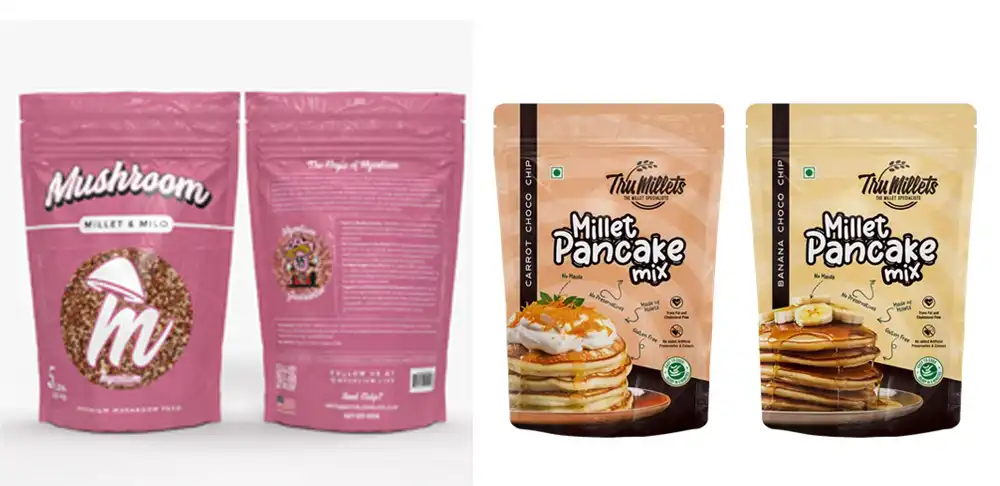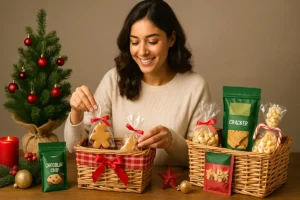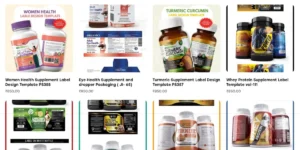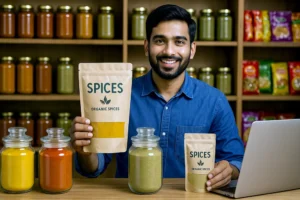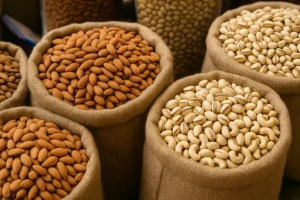From Mycelium to Millet: India’s Eco-Innovations in Sustainable Packaging
Introduction: Why Sustainable Packaging is No Longer Optional
India’s packaging industry is undergoing a transformation. With consumers increasingly aware of environmental issues and the government tightening regulations on single-use plastics, sustainable packaging is no longer a niche—it’s the new norm. From mycelium-based foams grown from mushrooms to edible millet cups you can actually eat, homegrown innovations are leading the way.
The Rise of Mycelium Packaging in India
What is Mycelium Packaging?
Mycelium, the root structure of mushrooms, is combined with agricultural waste to create a lightweight, compostable alternative to plastic foams like EPS.
Key Benefits for SMBs:
- Cost-competitive with imported eco materials.
- Fully compostable—breaks down in weeks.
- Strong yet light—protects fragile items.
Example in India: IIT Madras researchers have developed biodegradable mycelium packaging from paddy waste, offering both environmental and economic advantages.
Millet-Based Edible Packaging
Why Millets?
Declared the International Year of Millets in 2023, these grains are not just for eating—they’re becoming a base for edible and biodegradable food containers.
IIT Roorkee Innovation: Researchers combined kodo millet, hibiscus, and guar gum to create cups and bowls that are edible, durable for short-term use, and leave zero waste.
Potential Applications:
- Serving ice cream or desserts at eco-conscious events.
- Takeaway containers for restaurants seeking a unique selling point.
- Tourist destinations promoting local crops.
The Business Case for Eco-Innovation
Why SMBs Should Care:
- Market Growth: India’s packaging industry is projected to grow from $84 billion (2024) to $143 billion (2029).
- Consumer Demand: Over 85% of Indian consumers say they’re willing to pay more for sustainable packaging.
- Brand Advantage: Early adopters of innovative packaging can differentiate in crowded markets.
Steps to Adopt These Innovations
- Research suppliers of mycelium or millet packaging locally.
- Pilot small batches—test with loyal customers first.
- Brand it right—highlight the eco benefits on labels.
- Educate your customers—show them how to compost or consume.
- Calculate ROI—factor in brand loyalty and possible premium pricing.
Amazon India Picks for Sustainable Packaging
(As an Amazon Associate, we earn from qualifying purchases.)
- UBMOVE Packing Peanuts – Variety of options for Packing, shipping, moving, and Storage.
- KCL Kraft Paper Stand up Pouches with Rectangle Transparent window – Eco-friendly storage for dry goods.
- Just a leaf [6 Inch, Pack of 25 Round Organic Disposable Plates– Natural, compostable, and sturdy.
- Reusable Glass Storage Jars with Bamboo Lids – Perfect for refill stations.
- Cornstarch-Based Biodegradable Cutlery – Plastic-free dining solutions.
Linking to Related Insights
- See how restaurants are making the shift in Eco-Friendly Food Packaging Options for Indian Restaurants & Takeaways
- Understand the customer psychology behind eco choices in Why Beautiful Sustainable Packaging Wins in 2025
- For FMCG businesses, explore FMCG Printing & Packaging: What, How & Why Explained
FAQs
1. How long does mycelium packaging take to decompose?
Usually between 30–90 days in composting conditions.
2. Is millet-based packaging safe to eat?
Yes, if made to food-grade standards, but it’s best consumed fresh.
3. Will these materials be costlier than plastic?
Initial costs may be higher, but long-term ROI often offsets this through brand loyalty and premium pricing.
4. Can I customise these eco materials with branding?
Yes—both mycelium and millet materials can be printed or embossed with eco-friendly inks.
5. Where can I source these in India?
Start with local agri-tech startups, IIT research spin-offs, or sustainable packaging suppliers.
Conclusion: Time to Take the Leap
Whether you run a cafe, an e-commerce brand, or an FMCG business, India’s eco-innovation wave is an opportunity to lead rather than follow. With mycelium foams and millet cups entering the market, sustainable packaging is no longer just an environmental choice—it’s a smart business move.

